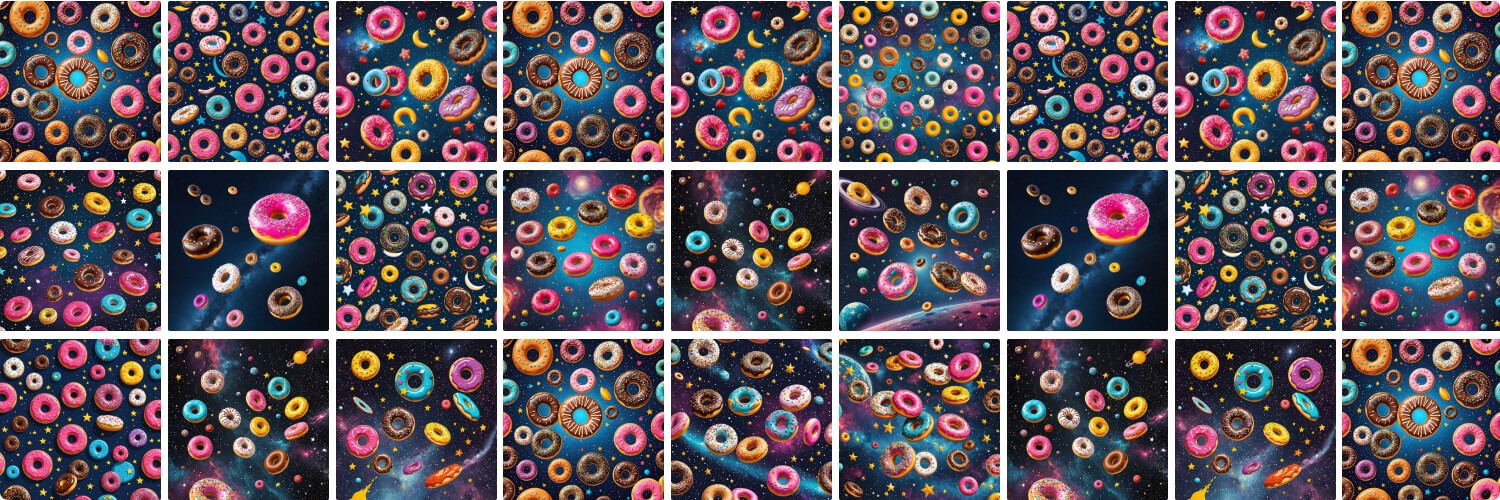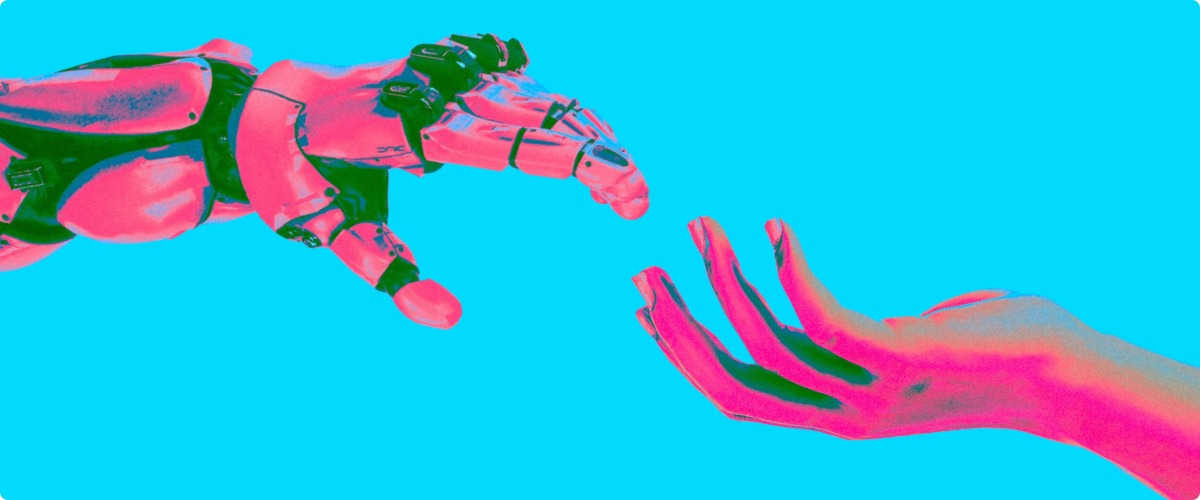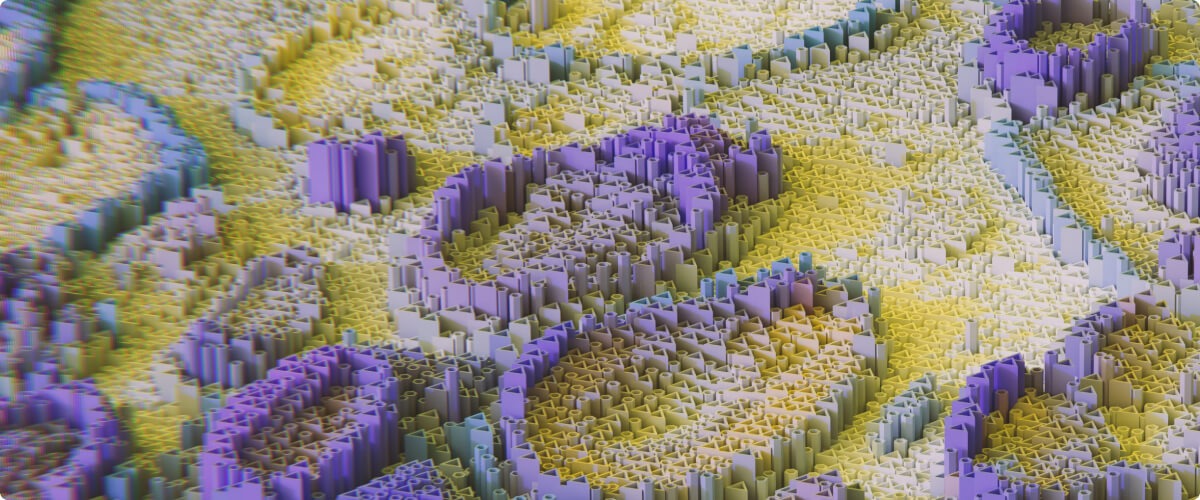The use of Digital Asset Management (DAM) software is vital for any organization managing large terabytes of visual media. Despite the usefulness of this highly sophisticated software, teams of human workers are still required to annotate, index, timestamp, and control the quality of assets like photographs and video. Not only is the process costly and time-consuming, but it’s also fraught with errors and inadequacies. Now, media companies and retailers are achieving dramatic ROI benefits by adopting computer vision strategies to fully automate these time-consuming annotation and indexing tasks.
Why is DAM important?
Many enterprises — especially media companies — are managing millions of images and billions of seconds of video. The more these companies understand media in their archives, the faster they can find “XYZ,” as soon as the need arises. Also, by implementing quality control standards, retailers can better align images and video with their marketing and branding standards.

Unfortunately, most companies don’t fully know what’s available in their DAM archives and they can’t control the quality of their visual data. This is not because they don’t see the value of better DAM. It’s because of the enormous cost, time — and in many cases impossibility — of employing human workers to accurately annotate and control the quality of their vast reserves of data
Leveraging computer vision for more efficient digital asset management
An advanced computer vision solution can fully automate the process of analyzing and annotating both photographs and video through “smart annotation.” Even if the annotation process requires highly skilled and experienced professionals — such as an expert on celebrities or clothing styles — a Chooch AI strategy can achieve the job with greater accuracy, speed, and affordability.
Case Study Example 1: A Television Station Needs to Annotate a Vast Media Archive
At Chooch AI, we develop agile, powerful, and highly affordable computer vision strategies for the widest range of use cases. Recently, one of our partners connected us with a television station managing a video reel archive consisting of millions of seconds of recorded content. Periodically, the station needs to locate a small clip of a celebrity for an advertising spot. For example, they might need to find some video of Emeril Lagasse inside their vast library of recorded video data to include in a 30-second preview of an upcoming show. Unfortunately, most of their video is completely un-indexed, so employees could spend a month scanning through content just to find the clip they need. Multiply this task by 100 for a large media company, and you can start to understand how time-consuming and expensive the process can be.
With a DAM computer vision strategy from Chooch, the television station implemented a ready-made visual AI model that recognizes over 400 celebrity faces. Using this system, the station was able to instantly index and timestamp all of their video archives according to where different celebrities were found — a process that would have taken a team of human workers years to complete.
Case Study Example 2: An Online Used Car Retailer Needs to Implement Photograph Quality Control Standards
In another case, an online auto reseller contacted Chooch to develop a strategy that would enforce quality control standards on dealer-submitted images. The retailer found that dealer-submitted listings were more successful when they featured clear, well-framed photos with all three tires visible. They also found that distracting objects in the shots — like trash or half-empty water bottles — were damaging to sales. Despite clear guidelines for photo submission, the auto reseller dealers were submitting poor-quality photos, and they did not have enough human photo inspectors to implement strict quality control standards.
With a computer vision system from Chooch AI, the auto reseller was able to implement pre-trained visual AI models for quality control purposes. These models recognize problems related to trash, bottles, framing, blurriness, and brightness — automating the process of disqualifying images based on these criteria. This has dramatically boosted sales on the platform by improving the quality and effectiveness of images.
Final thoughts on computer vision for DAM
Among the efficiency and accuracy benefits of Chooch, one of the most impressive characteristics of the platform is speed of implementation. Digital media managers can quickly train AI models to analyze and annotate visual media data based on nearly any criteria. In fact, Chooch AI users can design, develop, and deploy an entirely unique computer vision strategy in just 6 to 9 days. In this short amount of time, you can start to reap tremendous ROI benefits by eliminating the endless hours of monotonous and expensive human labor required to index and find the clips and photographs you need.






